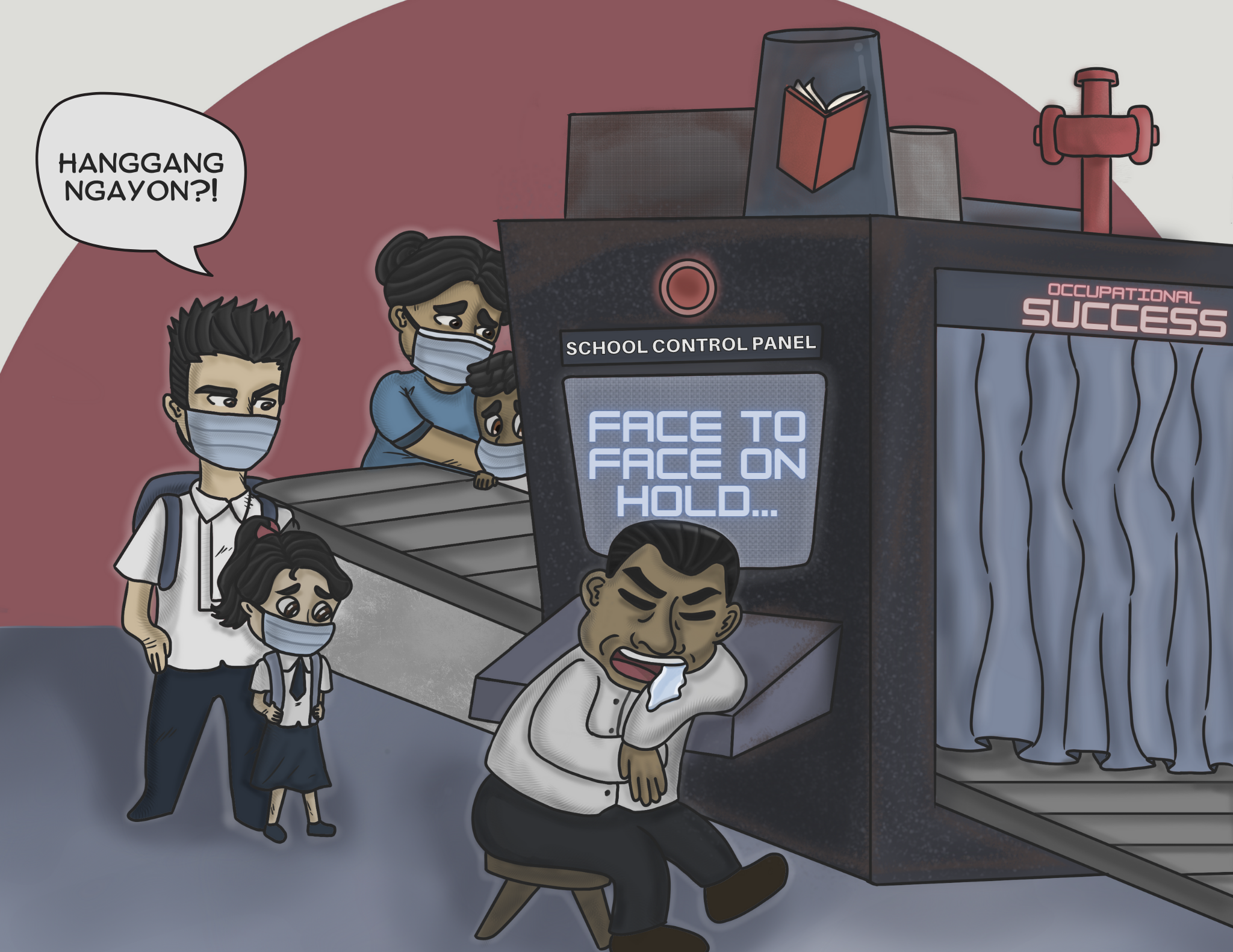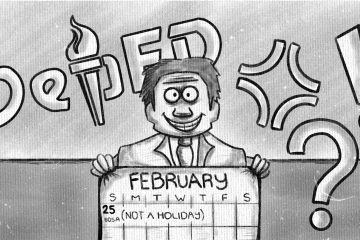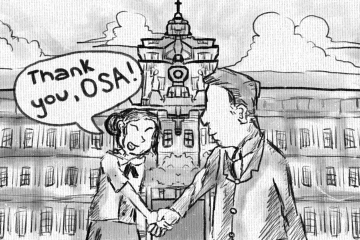
DURING THE onset of the pandemic two years ago, students rallied on social media using the hashtags #NoToOnlineClasses and #NoStudentsLeftBehind. However, the spread of COVID-19 left schools with no choice but to shift to distance learning and to hold online classes. No thanks to the country’s unreliable internet services and the economic impact of the virus, some students were left behind.
After two years, the Philippines’ education sector finally embraced what the government called “the new normal.” Last November, the Commission on Higher Education (CHED) issued a memorandum prohibiting full distance learning without its permission.
Higher education institutions are expected to implement either full onsite or hybrid learning modality in the upcoming semester. They are required to conduct face-to-face classes at least half of the class hours, in line with President Ferdinand Marcos Jr.’s stance that COVID-19 should no longer be treated as an emergency.
Although this development has drawn hurrahs, it also sparked fears and hesitations since the pandemic is not yet over. UST administrations have been cautious about resuming in-person classes, opting to do it gradually in accordance with their transition plans. While they have good intentions, some students cannot help but compare UST’s response with that of other institutions that are now allowing limited face-to-face classes in all degree programs and year levels.
And they really cannot be blamed if they think that they are being left behind. Most of them are forced to hold classes in front of computers or mobile phone screens while many of their counterparts in other schools are transitioning back to normal.
They have to fix technical glitches, look for areas with good signal and pray that no power outages will happen in their area instead of focusing on the very thing they are supposed to do: To absorb the lectures that are supposed to prepare them for the future.
But some UST administrators are still wary of such a transition. Some of them, for instance, claimed that a return to onsite learning may be difficult due to the threats of evolving COVID-19 variants. Some cited the plight of students coming from other countries or from the provinces who will need to stay in dormitories just to attend face-to-face classes. They argued that a return to onsite learning could be burdensome for some students considering the economic shocks and the worsening inflation the country is experiencing.
It is prudent to give these administrators the benefit of the doubt. We believe that they are genuinely concerned about their students. We are sure that their concerns are born out of their desire to keep Thomasians safe, not from a refusal to adjust some routines acquired during the pandemic or to wake up early to go to the campus. We have faith in our administrators and we sincerely believe they won’t allow Thomasians to miss out on the advantages of in-person learning because of challenges that have been there way before we learned about the existence of a “mysterious” virus from Wuhan.
After all, heavy traffic, rising costs of living, street crimes, the hassle of daily commuting and health risks will always be there, pandemic or no pandemic. Citing these campus life staples to oppose or to delay the resumption of onsite learning is at best amusing. We also hope the transition mechanisms announced earlier by administrators won’t get in the way of face-to-face learning. Quality should take precedence over any form of bureaucracy. Methods that work should be prioritized over any paperwork.
UST’s enhanced virtual mode (EVM) may have been enough for the time being but our administrators who have hesitation about complying with the CHED memorandum should consider the harmful effects of prolonged distance learning.
Experts have noted the negative psychological and social effects of online classes on students who are worrying more but learning less. Any attempt to avoid or circumvent the CHED memorandum requiring at least half of class hours to be conducted onsite will result in an epidemic that changes the meaning of EVM to “excessive virtual mode.”
Such an epidemic – characterized by longer exposure to gadgets, stunted social skills and depleted mechanisms against academic dishonesty – is ironically fueled by an overly cautious mindset and a distorted sense of priorities.
The present set-up—wherein half of the classes attend synchronous and asynchronous classes simultaneously—is burdensome for both the students and professors. For one, lectures good for three hours are condensed into an hour and a half, sacrificing the quality of instruction. Likewise, professors deliver the same lesson twice every session, effectively forcing them to conduct cramped lectures without additional pay.
The University should have a better grasp of the COVID situation given that it has already held various mass gatherings like onsite graduation rites, baccalaureate mass, welcome ceremonies, and the recently concluded Agape. It has also announced that this year’s Paskuhan would be done in person although the event would only be limited to members of the Thomasian community to avoid overcrowding.
Indeed, there are risks in resuming face-to-face classes given that we are not yet free from COVID-19. But there is no other way to handle this crisis but to adapt. Citing risks and challenges that have always been there or sticking to plans that may no longer be responsive to students’ needs is definitely not the way to do it.
Other educational institutions—including elementary and secondary schools—have resumed onsite learning for most of their students. After the two-year disruption, UST administrators should have thought of better ways to ensure the safe return of students to campus—unless they intentionally do not want to.
But then again, we don’t think our administrators will deprive their students of a chance to reap the benefits of onsite learning. We don’t think our administrators will be overprotective to the point that Thomasians will be exposed to the EVM epidemic. We don’t think our administrators will prioritize their transition documents over the plight of students.
We hope we are right. F



